Share This:
Share This:

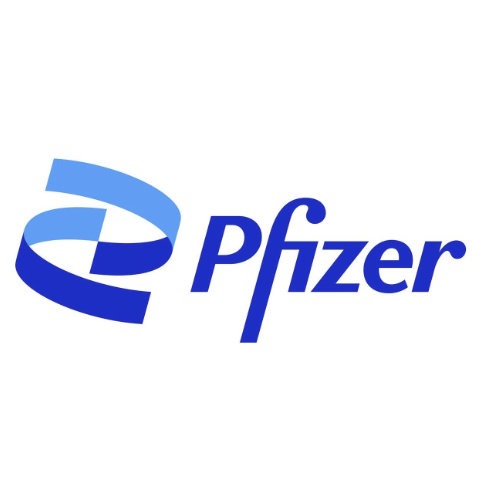
This project aims to develop systematic methodology to convert Chord Length Distribution data to Particle Size Distribution for enhancing the prediction of oral absorption of weakly basic drugs. The computational models used in this project will assist in the interpretation of data being collected.
Led by Prof. Vivek Ranade, University of Limerick
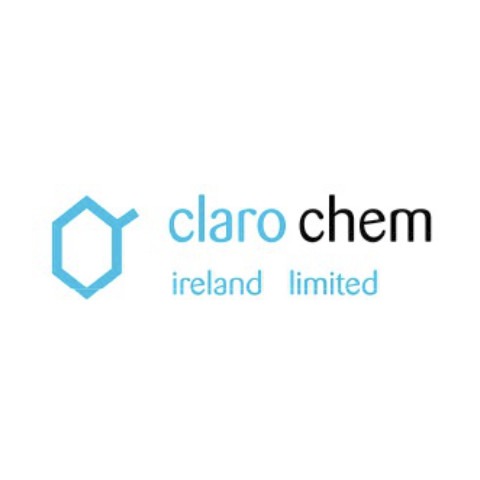
The aim of this project was to perform analytical tests to determine the LOD and LOQ for two polymorphs, namely α and β, in an API which is comprised of a third polymorph - kappa (ĸ). This was achieved through experimental work to determine the solid concentration calibration curves using a number of analytical techniques including XRD, DSC and Raman Spectroscopy.
“The project was successful in determining which analytical method could provide effective quantitation of the two polymorphs, and delivered LOD and LOQ determinations for each technique evaluated.”
Brian Keaveny, Plant Director - Clarochem

Scale-up Systems initiated a CFD study by SSPC on the hydrodynamics of commonly used lab-scale reactor systems under typical operating conditions. Predictions of mixing using traditional chemical engineering relationships become more difficult as the scale of operation decreases below a few litres. This project completed a number of CFD simulations allowing more detailed process characterization and will enable users of Dynochem software to make more accurate predictions when scaling-up or down.
Led by Prof. Harry Van den Akker, Bernal Institute, University of Limerick.
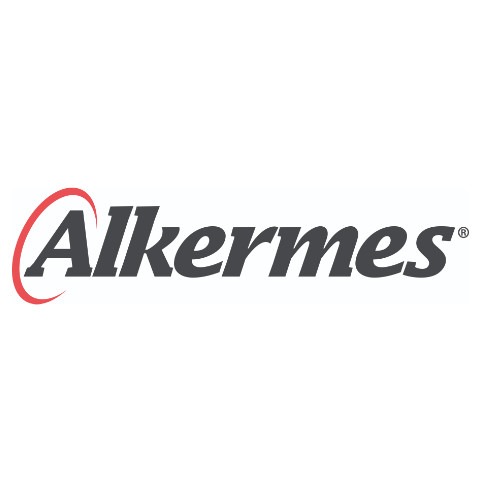
This project addressed the limit of detection and quantification of polymorphs of drug substances (DS) in a fixed-dose combination(FDC) drug-product (DP) on Panalytical Empyrean Series 3. The project extended over a period of 4 months with the post-doctoral researcher working between the Alkermes site in Athlone and the University of Limerick.
This project also facilitated knowledge sharing and exchange of best practice approaches between the SSPC researcher and Alkermes staff located in both the Irish and US sites.
Led by Prof. Michael Zaworotko and Dr Rana Sanii, Bernal Institute, University of Limerick.
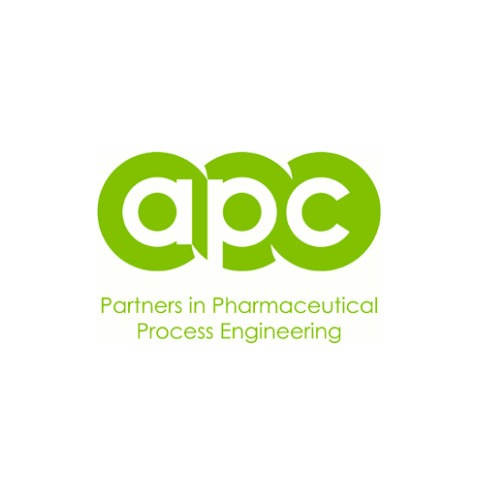
APC and SSPC conducted a feasibility study to assess the optimal parameters for the Cation Exchange Chromatography step by Chromatography Mechanistic Modelling, using the GoSilico ChromX® software package. The integration of modelling tools into process development of biologics is an important part of the quality by design approach. Mechanistic modelling ensures time and cost‐efficient process optimization by minimizing experimental work. Consequently, the adoption of modelling tools has increased to support process development, process optimization, process characterization and scale-up phases across the pharmaceutical sector.
Led by Dr. Ioscani Jimenez Del Val, University College Dublin

This study investigated the impact of CBD formulations with respect to toxicity and bioavailability. The project was a collaboration between DCU and Maynooth University and benefited from the combined expertise and infrastructure to support both in-vitro testing on skin and intestinal cell models and in-vivo testing on larvae to measure the toxicity of compounds and in vivo efficacy.
The use of in-vitro cell line allows the study of various molecular pathways. This study uses the established cell lines, Caco-2 and HT-29, as models of the intestinal epithelia.
In Vivo testing was conducted using Larvae (caterpillars) of Galleria mellonella. The insect immune response is very similar to the innate immune response of mammals and so insects may be used in place of mammals for a wide range of applications and yield results equivalent to those from mammalian testing. Larvae can also be used to study the metabolism of compounds and show similar metabolic process as occur in mammals.
Led by Dr Finbarr O’Sullivan, NICB, Dublin City University and Prof. Kevin Kavanagh, Maynooth University.

The aim of this project is to determine if mesoporous silica can have a protective effect on Amorphous Solid Dispersions (ASD), and so enhance the physical stability and dissolution performance of such formulations.
ASDs are highly useful but physically unstable drug-delivery platforms. Maintaining physical stability over the shelf-life of the product is especially challenging for high drug loaded
ASDs and for ASDs containing APIs that are prone to rapid crystallization. Mesoporous silica may be a useful formulation additive for de-risking the ASD platform. Silica materials can preferentially adsorb water and thus may promote physical stability of the ASD, stabilizing it by avoiding plasticization of the ASD.
Led by Prof. Anne Marie Healy, Trinity College Dublin.

Zinc has emerged as a potentially important factor in the treatment of COVID-19; it appears that increasing intracellular zinc with ionophores can inhibit the replication of the virus within in vitro models.
The overall goal for the study is to investigate how the putative zinc ionophores counterparts compare. The study focuses on ionophoric mechanisms of transport, cellular growth, cell death mechanisms, zinc uptake and expression of key proteins associated with cellular zinc physiology.
The study will form the basis for more advanced in-depth studies focusing on particular mechanisms and pathways identified during these initial experiments and to establish a set of ‘design rules’ for effective Zn2+ ionophoric activity.
Led by Dr Rob Elmes Maynooth University, Dr Finbarr O’Sullivan DCU and Dr Oisin Kavanagh, University of Limerick

This project will develop a predictive model of the Centrifugation process using machine learning algorithms to process data in order to study the effects of centrifugation and drying on the particle size of the API product. The process will be modelled using a combination of auto-encoder and neuro-fuzzy or deep learning approaches.
Led by Prof. Harry Van Den Akker and Dr. Javad Zeinali, Bernal Institute, University of Limerick

This project has a high commercial potential for Lilly. The goal of the project is to determine if an alternate catalyst and/or ligand will lead to an increase in the yield of an isolated product.
Led by Prof. Pat Guiry, University College Dublin

This international project team brings together expertise from Merck US, MSD Ballydine and SSPC/UL.
The project uses Lattice Boltzmann techniques to study the effect of mixing on yield and selectivity. The goal of this project is to computationally simulate meso-mixing and micro-mixing in a static mixer reactor – where multiple related reactions take place with different reaction rates.
Led by Prof. Harry Van Den Akker, Bernal Institute, University of Limerick

This project aims to develop a PhD candidate Continuous Anti-solvent Cavi-crystallisation in partnership with Pfizer and two UL based SFI research Centres namely: SSPC and CONFIRM.
The goal of the research is to develop a systematic methodology for design, optimisation and scale-up of continuous crystallisers working in combination with hydrodynamic cavitation for realising better control on particle size distribution. The developed insights and computational models will be useful to critically evaluate applications to industrially relevant crystallisations.
Led by Prof. Vivek Ranade and Prof. Gavin Walker, University of Limerick.
“We are delighted to be partnering with SSPC & Confirm on a Continuous Anti-solvent Cavi-crystallisation PhD project. It will have significant benefits for Pfizer, having applications in future manufacturing, enabling research and upskilling in new areas and engagement between our two centres.”
Dr. Lorna Moynihan, Pfizer
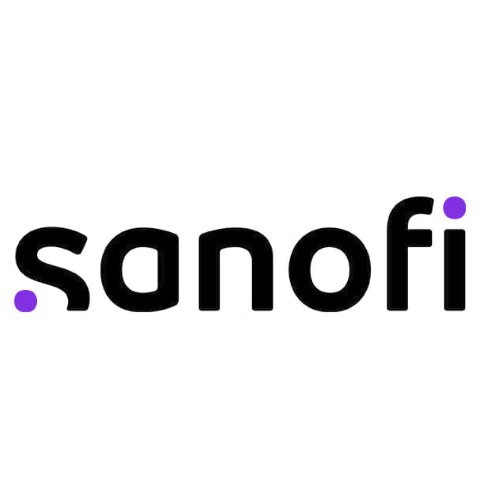
This 12 month post-doctoral project addresses commercial challenges for Fill Finish Manufacturing of Lyophilised Biopharmaceuticals by the development of an in situ analytical method compliant with the orange guide requirements for ID.
Many products have a frozen intermediate step for DS prior to Fill Finish Manufacturing, often DS is shipped in multiple containers from the DS site to the DP site and as per the orange guide for parenteral biopharmaceuticals, each container is required to be identified. This usually requires liquid state sampling and testing by HPLC or Dot Blot for example. Opportunities to ID the frozen bulk provides a significant improvement to the manufacturing process.
Led by Dr Sarah Hudson, University of Limerick.

Led by Prof. Harry Van Den Akker and PhD Roya Jamshidian, University of Limerick.
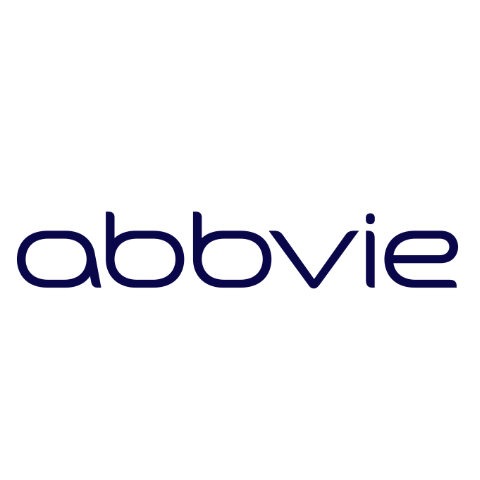
Led by Prof. Vivek Ranade and PhD Vaishnavi Honavar, University of Limerick

Led by Prof. Michael Zaworotko, postdoctoral researchers Dr Rana Sanii and PhDs Daniel O’Hearn and Molly Haskins

Led by Assoc. Prof. Andrew Kellett. Postdoctoral researchers: Dr Georgia Menounou and PhD Alex Gibney, Dublin City University

Led by Prof. Sarah Hudson, University of Limerick

Led by Prof. Kevin Kavanagh and postdoctoral researchers Dr Anatte Margalit, Maynooth University
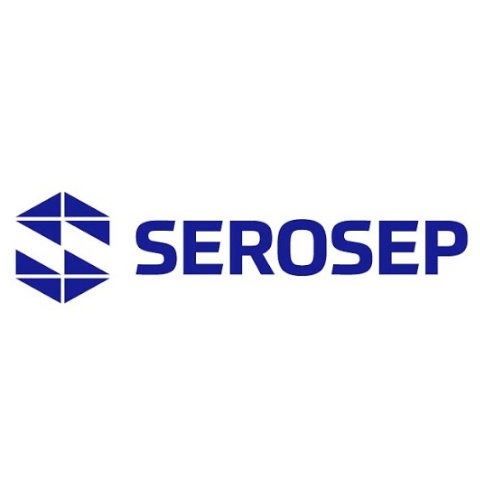
Led by Prof. Gavin Walker, University of Limerick
| Cookie | Duration | Description |
|---|---|---|
| viewed_cookie_policy | 1 year | The cookie is set by the GDPR Cookie Consent plugin and is used to store whether or not user has consented to the use of cookies. It does not store any personal data. |
| _GRECAPTCHA | 5 months 27 days | This cookie is set by Google. In addition to certain standard Google cookies, reCAPTCHA sets a necessary cookie (_GRECAPTCHA) when executed for the purpose of providing its risk analysis. |
| Cookie | Duration | Description |
|---|---|---|
| CONSENT | 16 years 6 months 8 days 11 hours | No description |
| yt-remote-connected-devices | never | No description available. |
| yt-remote-device-id | never | No description available. |
| Cookie | Duration | Description |
|---|---|---|
| IDE | 1 year 24 days | Used by Google DoubleClick and stores information about how the user uses the website and any other advertisement before visiting the website. This is used to present users with ads that are relevant to them according to the user profile. |
| test_cookie | 15 minutes | This cookie is set by doubleclick.net. The purpose of the cookie is to determine if the user's browser supports cookies. |
| VISITOR_INFO1_LIVE | 5 months 27 days | This cookie is set by Youtube. Used to track the information of the embedded YouTube videos on a website. |
| YSC | session | This cookies is set by Youtube and is used to track the views of embedded videos. |
| Cookie | Duration | Description |
|---|---|---|
| _ga | 2 years | This cookie is installed by Google Analytics. The cookie is used to calculate visitor, session, campaign data and keep track of site usage for the site's analytics report. The cookies store information anonymously and assign a randomly generated number to identify unique visitors. |
| _gat_gtag_UA_157554574_1 | 1 minute | This cookie is set by Google and is used to distinguish users. |
| _gid | 1 day | This cookie is installed by Google Analytics. The cookie is used to store information of how visitors use a website and helps in creating an analytics report of how the website is doing. The data collected including the number visitors, the source where they have come from, and the pages visted in an anonymous form. |